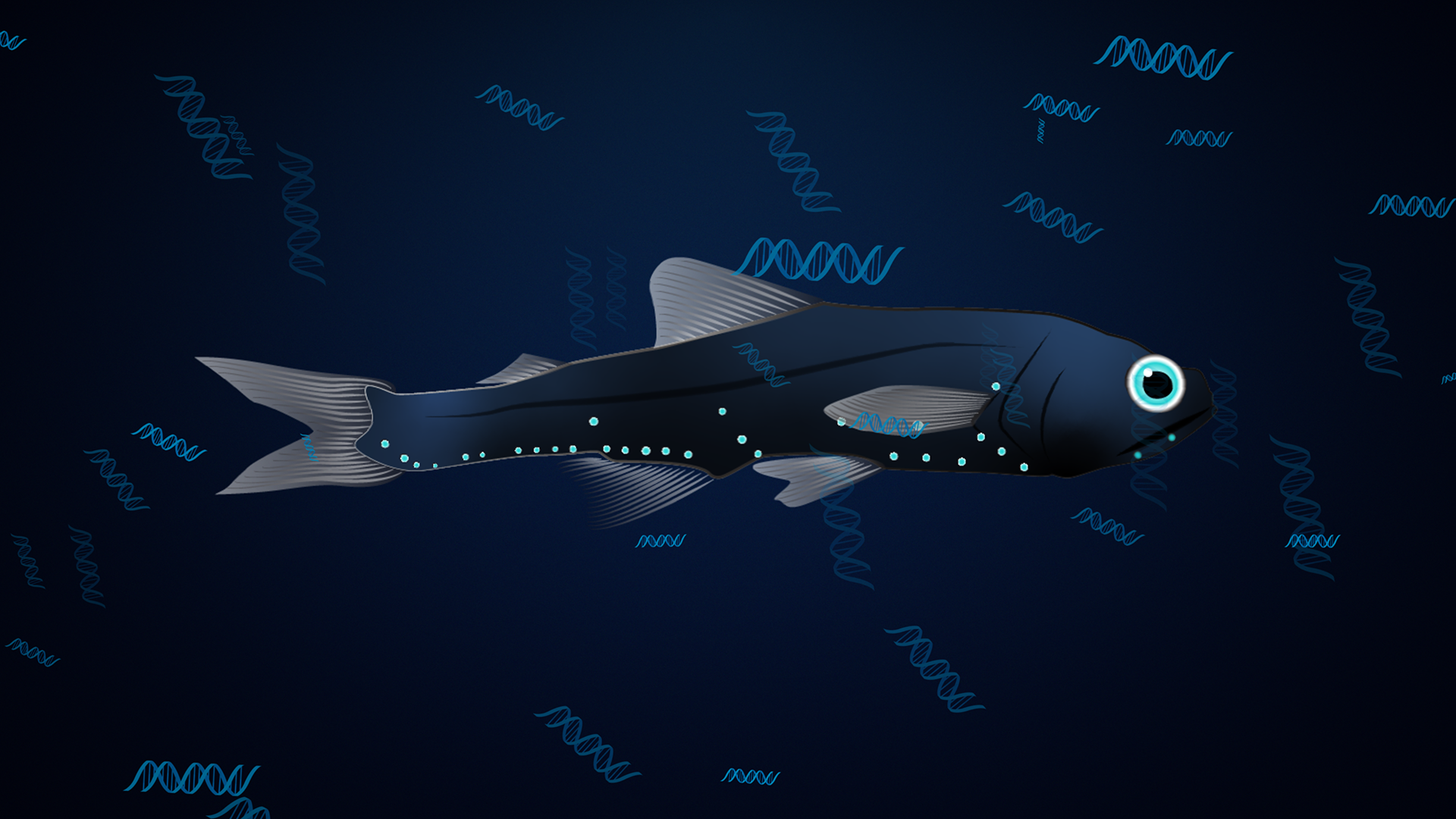Minion robots in the Ocean Twilight Zone August 29, 2019
Phytoplankton use sunlight and carbon dioxide to grow, forming the base of the ocean food web. Phytoplankton are eaten by zooplankton, which are eaten by other animals. Dead zooplankton and other particles become marine snow drifting in the ocean, but how much marine snow sinks below the sun-lit ocean surface? Scientists are developing a new device that will follow marine snow into the ocean’s twilight zone.
The MINION is a small (2 Liters) inexpensive instrument. It is equipped with… cameras, seawater sensors, acoustic recorder, ballast weight. Once deployed, MINION will sink to the twilight zone and drift with currents.
Cameras on the side record the rate and quantity of particles falling through the ocean. Falling particles also accumulate on a clear glass panel. A camera on top will record the particle type and accumulation rate.
Similar images have revealed the twilight zone is a perpetual snowstorm, of organic debris. Particles such as this fecal pellet from a jellyfish-like salp are extremely carbon-rich. Pellets like this will sink quickly to deeper waters, or even become buried in the seafloor. Any marine snow that reaches the deep ocean means less carbon in the atmosphere.
The MINION is designed to listen for underwater sound sources. This will determine their location as they drift.
After a MINION has finished its mission, it will release weight and float to the surface. At the surface, it sends a homing signal so it can be recovered. The next generation of MINION will send compressed data-sets via satellite. Allowing them to be deployed by the dozens. Data from MINIONS will help scientists learn more about the ocean’s role in Earth’s climate system.
MINION development
URI-University of Rhode Island: Melissa Omand, Jackson Sugar, Tom Rossby
WHOI-Woods Hole Oceanographic Institution: Ken Buesseler, Anna Michel, Dana Yoerger, Aleck Wang.
MIT-Massachusetts Institue of Technology: Allan Adams
MBARI-Monterey Bay Aquarium Research Institute: Kakani Katija
URSA-Universities Space Research Association: Ivona Cetinic
MINION funding: Keck Futures Initiative, NASA/EXPORTS, National Academies, National Science Foundation, WHOI Ocean Twilight Zone Project
Time-lapse video
The time-lapse video was created with a MINION pre-cursor: a MINION camera imaging a gel layer in a sediment trap. MLML-Moss Landing Marine Laboratories: Colleen Durkin







